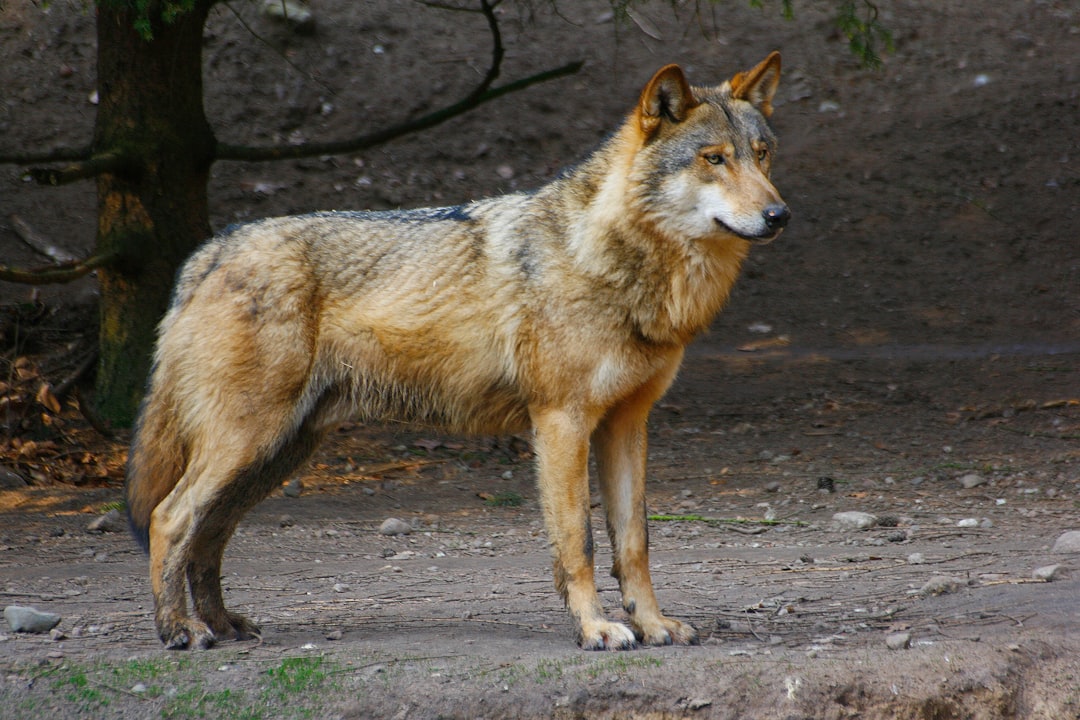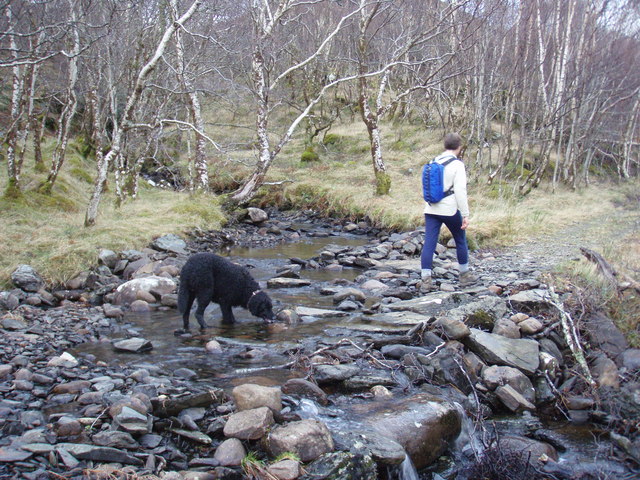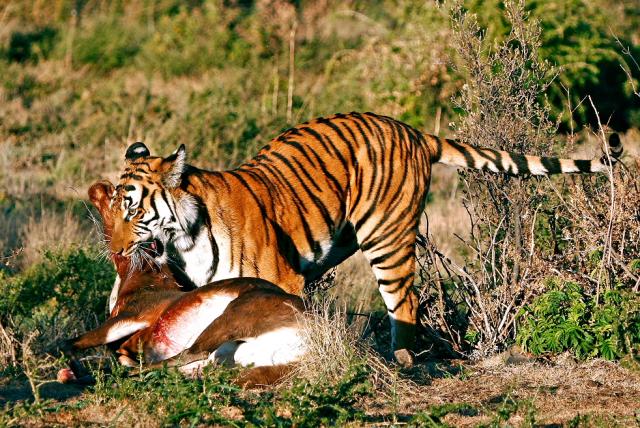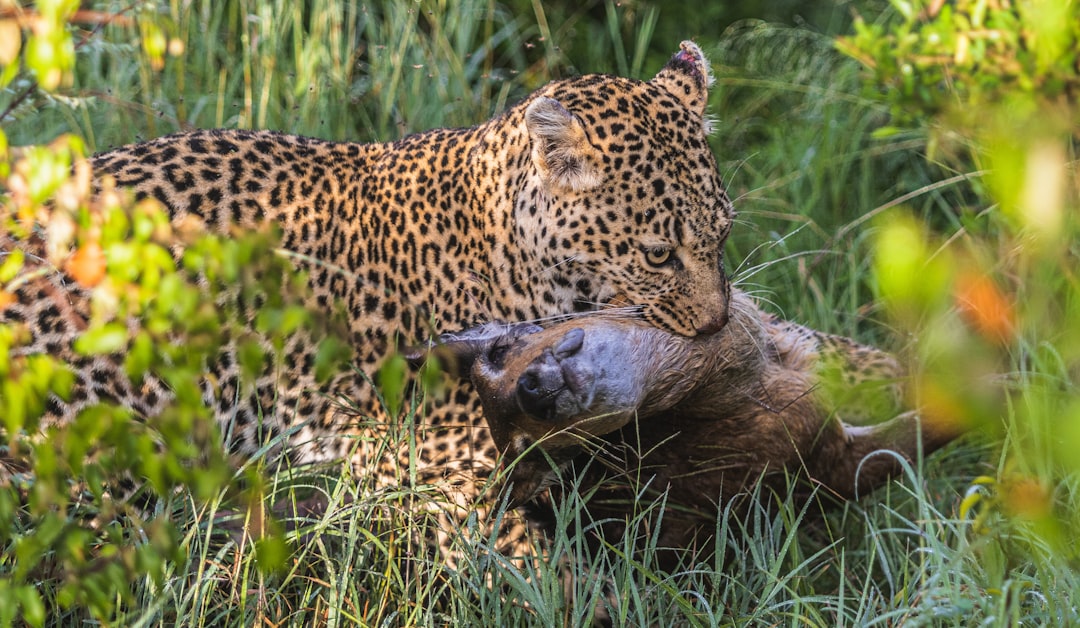Picture a midnight savanna where constellations seem to drop their glittering masks and take on muscle, teeth, and strategy. It’s a provocative question with a playful edge: if the zodiac were rewritten as apex predators, who would rule? Scientists will remind us that astrology isn’t a predictive tool, yet archetypes can be clever teaching devices for understanding real behavior. In the spirit of exploration, we built a tongue‑in‑cheek hierarchy that uses hard animal science to pressure‑test the myths. The result is part field report, part story, and entirely grounded in what predators actually do to survive.
The Hidden Clues

Every apex predator wins with a bundle of traits: stealth and speed, patience and power, cooperation and cognition. Think of these like dials on a control panel rather than badges of destiny; species adjust them moment by moment to fit terrain, prey, and weather. In this playful exercise, zodiac signs become mnemonic devices for those dials, not forecasts of fate.
Leo stands for conspicuous strength, Scorpio for stealth and strategy, Aquarius for innovation and teamwork in the water. Sagittarius maps to far‑ranging persistence, while Capricorn evokes sure‑footed hunters that rule the heights. Already you can feel the story pulling against the stars and snapping back to Earth.
From Ancient Tools to Modern Science

People once read the sky to track seasons and migrations, blending star stories with survival. Today, researchers read GPS tracks, accelerometer data, and bioacoustics to decode hunts that unfold at night or under waves. Environmental DNA adds another layer, catching the genetic confetti predators leave behind in water and soil.
These tools reveal patterns far richer than any horoscope: family cultures in orcas, cooperative ambushes in lions, calculated patience in crocodiles. So when we borrow zodiac labels, it’s not to crown fate, but to make complex behavior more memorable. Call it a bridge between ancient naming and modern evidence.
Predators in the Stars, Behaviors on Earth

Aries channels coursing hunters that push the chase, much like African wild dogs that win by endurance and teamwork. Taurus fits the big‑boned powerhouses – bears come to mind – whose strategy mixes brute strength with surprising omnivorous pragmatism. Gemini echoes communicators and improvisers, the quick‑language predators like dolphins or even clever corvids at the edge of carnivory.
Cancer is the fortress‑minded guardian, mirroring species that weaponize protection and terrain – think octopuses barricading dens or mother big cats relocating cubs with surgical timing. Virgo becomes the precision specialist, the patient mantis or the laser‑focused heron that turns stillness into a blade. Libra stands for balance and cooperation, a nod to hyenas that juggle clan politics with formidable hunting math.
Field Notes: A Playful Hierarchy Takes Shape

Now for the league table, with all the caveats and a wink to the stars. At the water’s surface, Aquarius surges: orcas embody innovation, culture, and group tactics that outthink even fast, wary prey. On land, Leo earns a podium spot for cooperative ambushes and bold territorial control, which create a ripple of fear that stabilizes entire food webs.
Scorpio presses close with stealth assassins of the blue – sharks and crocodiles whose sensory suites tilt hunts before they begin. Sagittarius tracks high as the raptor archetype, a sky‑borne calculus of vision and velocity, while Capricorn climbs with the snow leopard’s ghostlike command of altitude. On a different day and terrain, the podium could reshuffle – but Aquarius keeps winning on ingenuity.
Why It Matters

Framing predators through archetypes isn’t about belief; it’s about memory, empathy, and attention. People lean into stories, and stories carry facts farther than bar charts alone. When readers picture Aquarius‑style orca problem‑solving or Leo‑like lion coalitions, they’re more likely to remember why these species are linchpins.
Apex predators sculpt ecosystems by controlling prey behavior and numbers, shaping everything from riverbank vegetation to nutrient cycles. Teaching that through a familiar cultural lens can widen the audience for conservation without watering down the science.
Global Perspectives

Dominance is a local story first: tigers rule mangrove mazes, jaguars own flooded forests, polar bears stalk sea ice, and saltwater crocodiles patrol estuaries like armored submarines. The star map changes with latitude and topography, and so does the winning playbook. I once watched a coastal dolphin pod pinwheel mullet into tight bait balls, a choreography so seamless it felt pre‑rehearsed.
Predators also carry culture across hemispheres, from orca hunting traditions to lion coalition strategies that vary by region. In some places, tourism funds protection; in others, conflict with livestock pressures policy. Any playful ranking has to bow to this mosaic of landscapes and livelihoods.
The Future Landscape

Technology is rewriting the predator file cabinet in real time. Drones map hunt geometry from above, machine learning sifts whale and wolf calls for hidden rules, and lightweight tags follow animals across entire ocean basins. Environmental DNA surveys can flag a stealthy visitor hours after it passes, like footprints in water.
Climate shifts will redraw hunting grounds and prey calendars, accelerating encounters in some places and emptying others. Rewilding projects and corridor networks could give apex species room to adapt, yet they’ll demand patient coexistence and better tools to reduce conflict. The sign that “dominates” tomorrow might be the one that learns fastest, not the one with the largest teeth.
The Hidden Clues, Revisited: How the Traits Stack Up

When we retune the dials, cognition and cooperation keep rising to the top. That’s why Aquarius – our orca stand‑in – often edges out Leo and Scorpio, whose power and stealth still command awe. Culture, from learned hunting songs to inherited tactics, lets a group change the rules mid‑game.
But terrain can flip the script, handing Capricorn‑like mountain hunters or Sagittarius‑style raptors the advantage on their home courts. The takeaway is less a crown than a toolkit: the more knobs you can turn, the more ways you can win. On any given night, the sky writes multiple endings.
From Ancient Tools to Modern Science, On the Ground

Field teams now test these ideas by modeling risk landscapes – where prey choose between eating and being eaten – and by measuring how fear alone can move nutrients. Acoustic tags show how wolves choreograph chases, and high‑speed cameras catch mantises firing like sprung arrows. Even microbes on carrion tell time, building forensics that link predator behavior to ecosystem cleanup.
Fold that into our archetype game and patterns sharpen: Libra‑like balance in cooperative hunters, Virgo‑style precision in ambush artists, Gemini‑ish flexibility in opportunists that switch tactics with the weather. The science is the spine; the story is the skin that helps it move. That’s a blend worth keeping.
Conclusion

Get curious and get specific: pick one apex species where you live and learn its pressures, from road crossings to prey declines. Support corridor projects, coexistence programs, and local initiatives that compensate herders and ranchers when predators take livestock. Small choices matter too, from keeping waterways clear of trash to backing policies that leave enough wild in the world for hunts to unfold.
If the zodiac helps you remember who needs what, use it – then put the myth down and keep the facts. Next time you look up, imagine which dial your favorite constellation would turn in the habitat near you. Which trait would you bet on tonight?

Suhail Ahmed is a passionate digital professional and nature enthusiast with over 8 years of experience in content strategy, SEO, web development, and digital operations. Alongside his freelance journey, Suhail actively contributes to nature and wildlife platforms like Discover Wildlife, where he channels his curiosity for the planet into engaging, educational storytelling.
With a strong background in managing digital ecosystems — from ecommerce stores and WordPress websites to social media and automation — Suhail merges technical precision with creative insight. His content reflects a rare balance: SEO-friendly yet deeply human, data-informed yet emotionally resonant.
Driven by a love for discovery and storytelling, Suhail believes in using digital platforms to amplify causes that matter — especially those protecting Earth’s biodiversity and inspiring sustainable living. Whether he’s managing online projects or crafting wildlife content, his goal remains the same: to inform, inspire, and leave a positive digital footprint.



